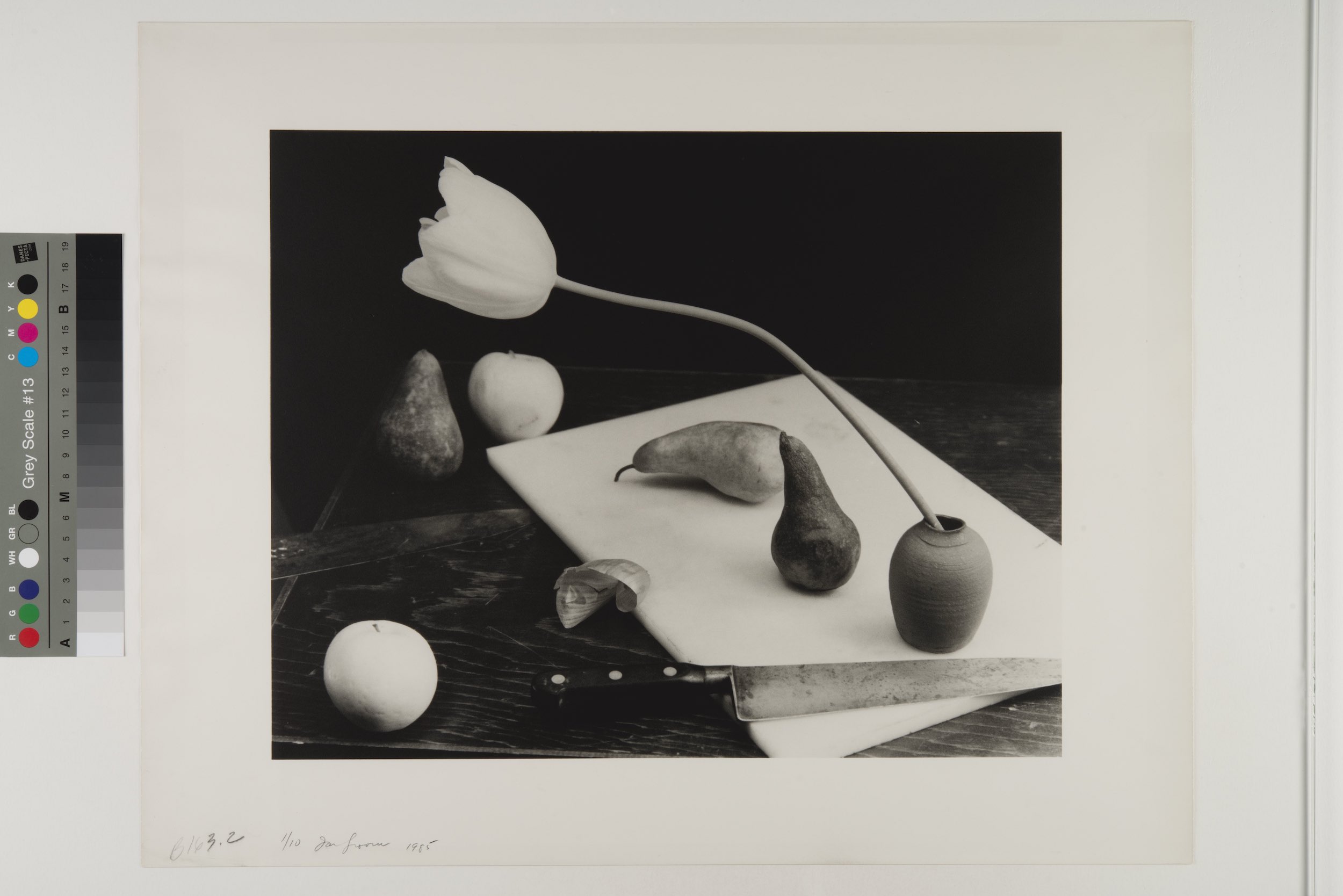Food for thought: Bologna’s Foto/Industria Biennale returns, exploring the culture of the culinary
Chez Troisgros, Roanne 2000 © Bernard Plossu
Source:
Grandi tranci di tonno vengono puliti a mano e inscatolati, Favignana, Italia / The big tuna steaks are trimmed by hand and placed into big tins, Favignana, Italy 1951 Collezione MAST. Courtesy of The Herbert List Estate / Magnum Photos
Source:Giovani donne portano zucche sulla testa. “Le zucche, d’estate sono mangime, d’inverno cibo”. Quando il gallo canta a Qualiano, ampia fotoinchiesta di Gilardi sulla sindacalizzazione dei braccianti agricoli, in questo paese particolarmente sentita. Qualiano (Napoli), ottobre 1954. © Fototeca Gilardi
Source:Gli uomini tirano lentamente le reti cantando un'antica canzone, Favignana, Italia / The nets are raised slowly, while the men are singing an old song, Favignana, Italy 1951 Collezione MAST. Courtesy of The Herbert List Estate / Magnum Photos
Source:© 2022 - 1854 MEDIA LTD